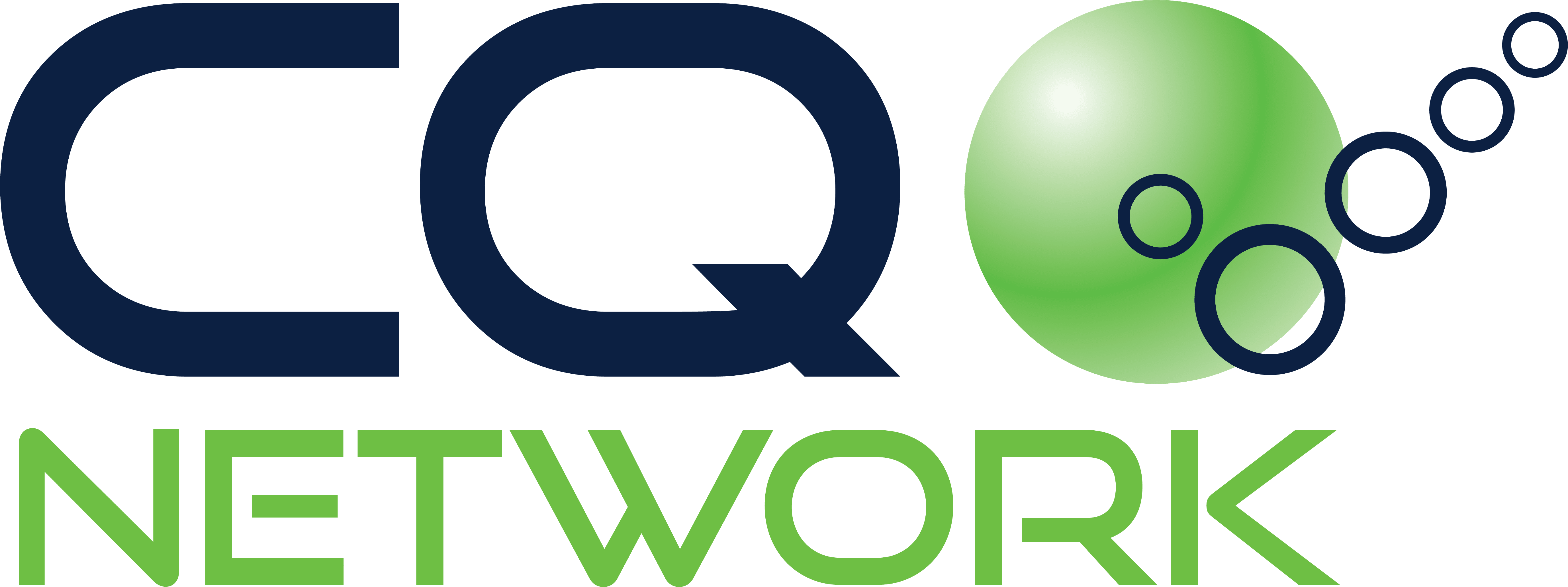
12 Aug Best Practices: Hiring and Managing Contractors in High-Risk Industries
Contractor management should be an ongoing process, especially in high-risk industries. In this article, we’ll go over six different aspects of the contractor hiring process and discuss best practices for each.
It is common for companies to hire contract service providers to perform specialized tasks. A project’s scope may require several contractors and contract companies, but how does the hiring manager ensure that they are getting the right people for the job?
To make sure you’re hiring the right contractors, you need a structured selection process that follows “best practice” guidelines to control risk and award the work to the best candidates.
Scope of the Work
The project scope is going to outline what is needed to complete a project, including the number and description of contractors. Extra care should be taken in selecting contractors that will be involved in safety-sensitive, higher-risk tasks. In oil and gas, nearly every field position will fit into this category.
You can save yourself a bit of legwork by establishing baseline criteria for contractors. Depending on their discipline, they may require licenses or tickets that narrow the field right from the get-go. Welders, for example, might need a Journeyman, Apprentice, or Red Seal ticket depending on the region. The hiring manager will have to verify that required certifications are earned and maintained.
(See Managing Contractors from Start to Finish for related reading.)
You can use a competency matrix to create a snapshot of the training and qualifications an ideal contractor should have: the same way you might use “should cost” projections in budgeting.
Expectations and Compliance
The hiring company should express their expectations to the bidding companies from the beginning, with regulatory compliance being the priority.
Hiring companies have statutory obligations regarding what is permitted, mandatory, and prohibited when paying others for work. For example, they must ensure that anyone they hire is legally entitled to work in the country. The work location may define which Worker’s Compensation coverage the contractor will need.
Next, figure out how the OHS regulations apply to this particular hiring situation. Are they large enough to have a required safety program? If so, has someone reviewed their safety materials? Is there a record of this happening? If so, what regulatory environment is the contractor knowledgeable.
Safety as a philosophy may not change much from place to place, but the devil is in the details. Different authorities disagree on minutiae like safe angles and distances, chemical exposure limits, yield limits for protective equipment, the definition of confined space, and every other imaginable criterion. The practice of compliance involves paying attention to the specific, sometimes arbitrary edicts of regional regulatory authorities.
Why does this matter for a hiring manager? Oil and gas is a hazardous industry and heavily regulated. Many industry associations help define best practices and standards. To be diligent, a hiring company has to consider where the experience of a contractor came from: this may not necessarily disqualify any contractors outright, but there could be differences in legislation from place to place that could indicate a need for awareness training. More often than not, the specifics are in the site orientation.
Prequalification and Competency
The hiring company has already established the training and experience needed for their contractors: now it is time to start selecting which ones to hire.
Ideally, your choice will be the winner of an impartial and structured bidding process that includes a review of qualifications, skills, training, capacity, experience, and references as part of the selection criteria. Contractors may have to meet requirements both as a company and individual competency, broadly defined as a combination of qualification, training and experience. To meaningfully evaluate competency, we have to consider those parts separately.
The qualifications for a company, as a whole, may include certifications like ISO or COR. Commonly, they demonstrate that a company has been externally validated by an impartial third party and conforms to a voluntary higher standard. Companies often require these certifications to streamline bid processes and weed out less qualified candidate contractors.
Credentials play a role
Companys’ certificates are only part of the picture, however. Each of the individuals under a contractor’s banner needs a combination of professional credentials (e.g., Journeyman, P.Eng), safety training like H2S Alive or Transportation of Dangerous Goods, training from bodies such as CWB, NACE, API, AWS, CSA, NFPA, and task-specific training such as confined space and fall protection. Companies can define for themselves what training they require for contractors and should know what the industry standards are as well as the specialty training that may apply to project scope. For example, pipeline projects often choose to make defensive driving a compulsory course. All applicable credentials should be collected and validated by the hiring company.
Now that you have collected the tickets, licenses, and certificates, we still have not quite established competency: the depth of experience and the extent to which the contractor has worked on projects of similar size and scope. Request for Proposal (RFP) packages often include a section for references so that the hiring company can contact them and corroborate the contractor’s level of experience.
Contractors that have been evaluated should be added to a database of approved vendors, which you can use for future projects: this is not a set it and forget it approach. Ongoing review and validation are required for each contractor on the list to monitor performance.
Creating an Agreement
The hiring company and the contractors will have to enter into a contract together, which may take many forms. A Master Service Agreement (MSA), Professional Service Agreement (PSA), request for service, and work order all have different characteristics. Which one is suitable depends on the application. A discussion of types of agreements is beyond the scope of this article: some form of documented agreement should take place outlining commitments, requirements, schedules, and a statement of the relationship between the hiring company and the contractor.
Managing Contractors
Before gaining access to any site, contractors need to undergo a site-specific orientation. These orientations usually cover safety topics relevant to the site: confined space, fall protection, housekeeping, and emergency response. Generally, all contractors are required to attend before work starts. There is a great deal of overlap between one site’s orientation and the next, so contractors may protest a little about having to participate, citing the thousands they have already completed. Nevertheless, this is standard practice in the industry; contractors should expect it.
As the project goes forward, continually assess contractor performance. Formal inspections are one preferred method. However, other assessments and audits are useful to monitor ongoing performance metrics. Record the results and give feedback to the contractor.
(Learn more about Contractor Management Best Practices.)
Quality Management
Safety managers tend to say: If there is no record of it, it didn’t happen. The hiring company has to be maintaining records of contractor training and performance. In doing so, they can reduce the time needed for future prequalification processes, ensure ongoing conformance, identify opportunities for continual improvement, and cover their bases when it comes to compliance.
Summary
Most of the steps discussed above are about getting a glimpse into how contracting companies run their businesses. However, a smart hiring company also has to look inward to ensure they have a proper document management process implemented and run by competent staff, sufficient resources, and the ability to follow their obligations.



No Comments